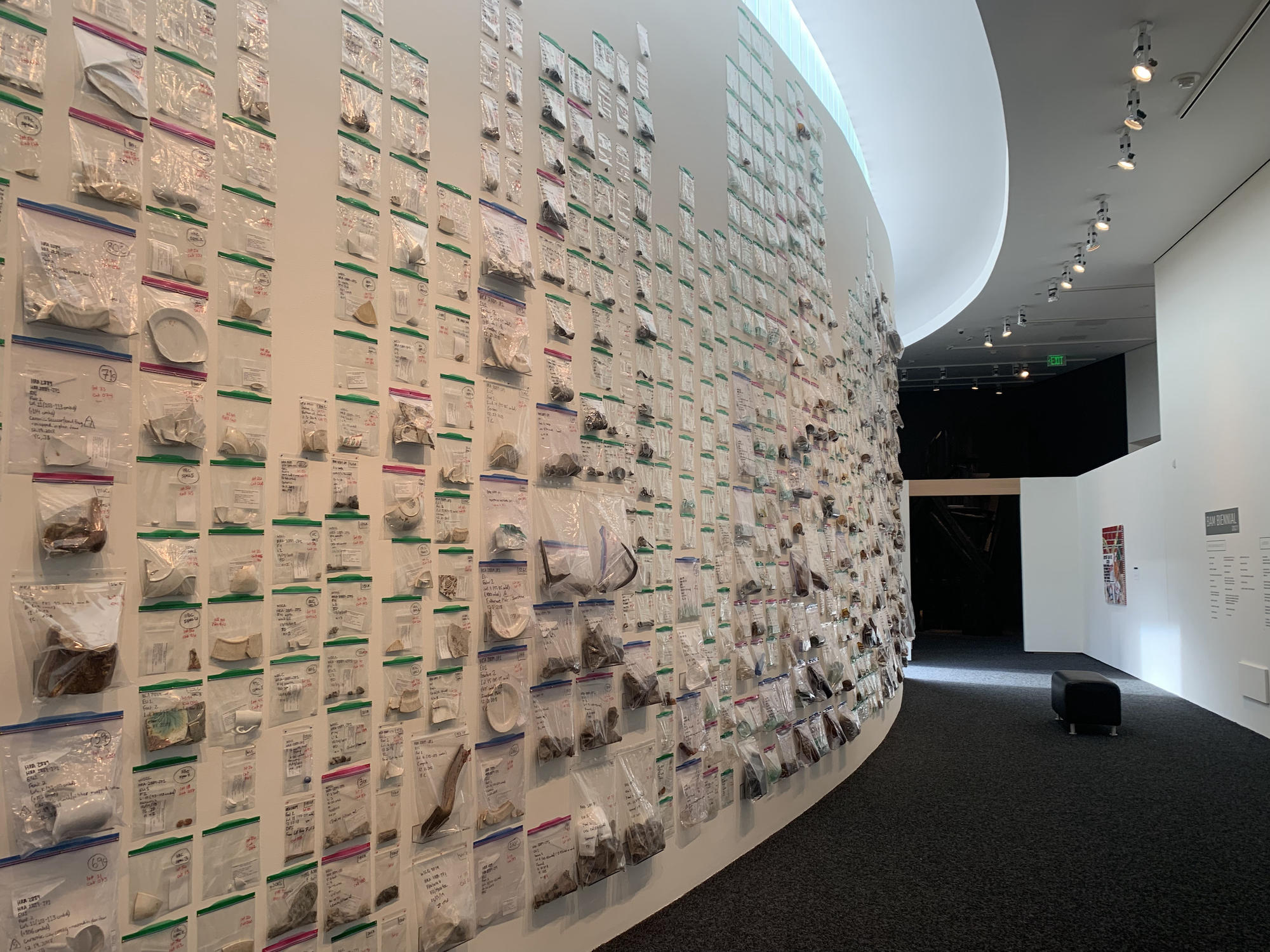On a corner lot in Belltown, the crane swinging a slim rectangular panel into position looks like an inconspicuous construction day. But what is inside the panel is not visible to the casual observer.
“They only brought the radiant heat into this apartment when they hired the panel,” said Arlan Collins, watching. It took about three and a half minutes, then the crew moved on to the next.
Collins is the CEO of Sustainable Living Innovations, the developer of this proposed 15-story apartment tower built from hundreds of panels of heating, electrical and plumbing that were built in a Tacoma factory.
The project, designed for 112 apartments, is the latest experiment in modular construction, a continuous endeavor in the construction industry to bring the efficiency of a factory to the construction site and to save time and money. The technology enables employees off-site to build panels while others prepare the development site.
Show subtitles
In Belltown, the teams putting the floor slabs in place on Tuesday will continue the action hundreds of times, alternating between laying constructed floor and wall slabs.
“We build a building like you would build a car or an airplane,” Collins said in an interview.
Sometimes with blocks stacked like Legos and sometimes with panels curved as walls and floors, the modular design has caught the attention of developers and policymakers looking to streamline housing construction, especially in expensive cities along the way West coast facing housing shortages. However, questions remain as to how much these techniques can save.
The fully electric apartment building from SLI has many ecological bona fides. The tower will have hundreds of solar panels on the outside, water and heat recovery systems, and other efficiencies. According to SLI, the building is the first high-rise apartment building to meet the net-zero energy standards of the International Living Future Institute, which the Bullitt Center has also certified.

Show subtitles
SLI, which this spring reported having raised nearly $ 30 million from investors, is building a similar building in the university district and is planning more, including one with the Downtown Emergency Service Center for the homeless.
Seattle’s Office of Housing will provide partial funding for the DESC project to support permanent housing projects that promise time and cost savings.
“I think we are all very frustrated with the time it takes to build housing in a community with such a huge need,” said Sondra Nielsen, director of real estate development and facilities at DESC.
DESC plans to open the building in March 2023. Nielsen said the project’s expected construction time is “just under 15 months,” compared to the usual 15 to 17 months. “We hope we can do better, but we won’t know until we’ve done it,” said Nielsen.
Modular construction has grown in importance as developers try to cut costs, said Christopher Ptomey, executive director of the Urban Land Institute’s Terwilliger Center for Housing.
Construction projects such as high-rise apartment buildings can sometimes take up to two years. According to industry groups, the modular design has the potential to reduce schedules by 30 to 50%.
But the strategy carries risks. Transporting the panels or blocks to the construction site can cause additional costs. For companies building new factories to build their panels or Lego-like blocks, the upfront costs are high, Ptomey said. Local regulations can lag behind new technology, and a month saved in one project phase can easily be lost in another.
Daniel Stoner, who developed Lego-style low-rise apartment buildings known as volumetric modular construction, said he expected to save time but spend roughly the same construction costs.
“Our experience was just the opposite,” said Stoner.
Building two buildings in Seattle turned out to be about 15 to 20% cheaper than building the projects using traditional methods, Stoner said. But the schedule was stretched because of the training required, the city’s approval for a new type of building, and the pandemic.
Funding new construction techniques can be difficult. Some lenders “find modular technology untested or speculative and are reluctant to fund it,” Stoner said. (Still, he’s optimistic. Stoner is planning another building in the same style in Lake City.)
According to the city, a “cost driver” for SLI projects was “the time it took to secure adequate additional private funding for the projects. This represents a necessary start-up cost that, as seen with other newer organizations, can be reduced once it has been shown to be reproducible, ”said Miriam Roskin, spokeswoman for the Seattle Office of Housing.
For the time being, modular projects are also facing challenges for the entire construction industry: chaos in the supply chain and labor shortages.
The congestion of container ships along the west coast has affected SLI’s “product delivery in general,” Roskin said.
Collins at SLI says the company is finding ways to save time and money. “We expect it will be faster when we build the next one,” he said.
Modular construction became more common across the industry from 2015 to 2018, but remained less than 4% of the market according to industry data.
“There are many attempts to apply manufacturing to residential production,” said Ptomey. “What is not clear is how to determine which of these can really scale and replicate?”







:quality(70)/cloudfront-us-east-1.images.arcpublishing.com/cmg/BPEI2QQ76SHPPOW6X6A6WHEGX4.jpg)
















:quality(70)/cloudfront-us-east-1.images.arcpublishing.com/cmg/GLQND2AXQQO2G4O6Q7SICYRJ4A.jpg)



